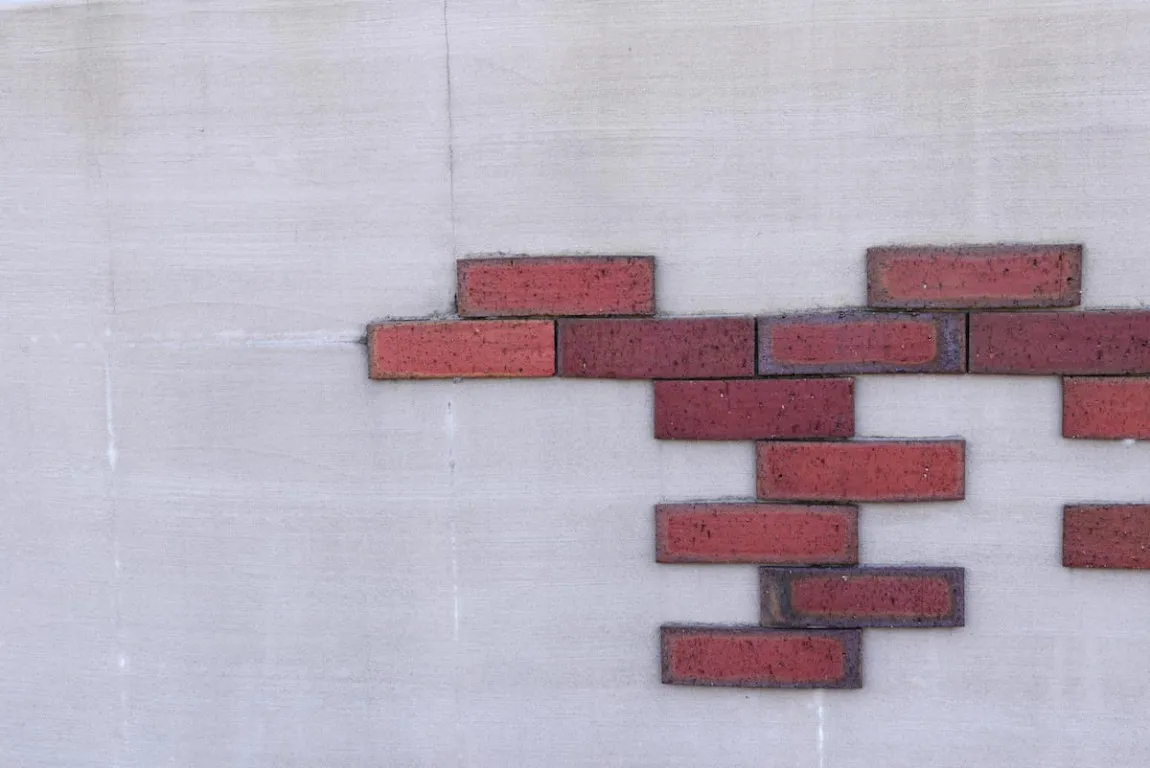Hebel vs. red brick are two popular choices when building house walls. Both serve the same function as separating elements between rooms or between the interior and exterior of a building.
However, in terms of material, strength, and price, hebel and red brick offer different advantages and disadvantages. The choice of material, such as for walls, is very important because it will affect the quality, efficiency, and durability of the building structure as a whole.
Many people are now switching to Hebel because it is considered lighter and more affordable. Meanwhile, red bricks are still favored for their sturdy and durable appearance. So, which one is better for your building needs? Check out the complete comparison between Hebel and red bricks in the following article!
Definition of Hebel and Red Brick
Red brick is a traditional building material made from clay that is molded and then fired until hardened. Due to its strength and durability, red brick is often used as the main material for wall construction.
Meanwhile, Hebel is a trademark for a type of light-weight brick that is light white in color. This material is produced from a mixture of silica sand, gypsum, water, and aluminum powder. The manufacturing process involves heating in an autoclave and high-pressure compression to make the final product.
Comparison of Hebel vs. Red Bricks
Hebel and red bricks have different characteristics in terms of materials, manufacturing processes, and uses. Understanding the general differences between these two materials is important so that you can choose the one that best suits your building needs. Here are some general differences between hebel and red bricks.
1. Price
Red bricks are generally more affordable than Hebel bricks, making them more suitable for various projects. However, the higher cost of Hebel bricks can actually reduce overall structural costs due to their light weight and ability to reduce the need for additional insulation materials.
2. Usage
Red bricks are commonly used in the construction of houses or projects with conventional structures and are often the first choice for limited budgets. Conversely, Hebel is more suitable for multi-story or modern buildings that require lightweight and efficient materials. This material is also popular for projects that prioritize the construction process, as its large size makes installation easier and faster.
Read also: 10 Sustainable Building Materials for Green Constructions
3. Heat and Sound Insulation
Red bricks are less effective at retaining heat and soundproofing, so additional insulation materials are needed when used in areas with extreme temperatures or noise levels. Meanwhile, Hebel is superior in heat and sound insulation, making it an ideal choice for buildings in environments with high temperatures or noise levels.
4. Weight Strength
Red bricks have high durability and are excellent at withstanding pressure, making them an ideal choice for conventional buildings that require extra strength.
Although lightweight Hebel is lighter, it still offers adequate strength, but tends to be more fragile than red bricks. Therefore, Hebel is more suitable for modern buildings that prioritize lightweight materials without compromising strength.
5. Weight
Red bricks are heavier than Hebel, which adds stability but also increases the load on the building structure. On the other hand, Hebel is much lighter, with a weight of about one-third of red bricks, which effectively reduces the load on the foundation and the entire building structure.
6. Size and Shape
Red bricks are generally rectangular-shaped with dimensions of approximately 5 x 10 x 20 cm. In contrast, Hebel is larger, with approximately a size of 10 x 20 x 60 cm, and is more precise because it is industrially produced.
7. Material
Red bricks are produced from clay that is fired until hardened, resulting in a strong and durable material. Meanwhile, Hebel is made from a mixture of sand, cement, lime, gypsum, aluminum paste, and water. These materials are then processed using an autoclave under high pressure and temperature, producing lightweight and efficient bricks.
Read also: 5 Building Material Types for Outdoor Flooring
The Advantages and Disadvantages of Hebel
Hebel is a lightweight building material made from a mixture of concrete, sand, and gypsum. This material has several main advantages, such as:
- Lightweight: Much lighter than red brick and concrete, which makes the installation easier and faster, thereby reducing the load on the building structure.
- Thermal insulation and fire resistance: Able to insulate heat well, it helps maintain a comfortable room temperature and can slow down the spread of fire.
- Strong durability: Manufactured using binders, such as cement, making it stronger than red brick. The manufacturing process, which is similar to concrete, also makes it meet earthquake-resistant building standards.
Despite its many advantages, Hebel also has disadvantages, such as:
- Price: It tends to be more expensive than red brick.
- Size: Its larger size can sometimes be a challenge when working on details or in narrow areas.
The Advantages and Disadvantages of Red Bricks
Red bricks are building materials made from clay that are molded and then fired at high temperatures. This material is often the first choice for building houses and buildings. Red bricks have several advantages, including:
- Easy to find and affordable: Red bricks are widely available in building supply stores at affordable prices.
- Easy to ship: Their small size makes them easy to transport.
However, red bricks also have disadvantages, which are:
- Water absorption and moisture: Red bricks tend to be porous and absorb water easily. If not maintained properly, moisture can appear and affect the strength of the building.
- Weight: Their considerable weight can add to the load on the building structure.
Red Bricks or Hebel for Wall Construction Materials?
Still confused about choosing between red brick or Hebel for wall material? Both have their own advantages and disadvantages. In short, if you prioritize convenience, affordability, and availability, red brick may be the right choice.
However, if you focus on efficiency, strength, and a more modern look, Hebel is worth consideration. Be sure to choose according to your construction needs and priorities.
That is the comparison between Hebel and red brick that you can use as a reference when choosing wall materials for your building. Both have their own advantages, whether in terms of strength, efficiency, or final appearance.
Whatever your choice, make sure you use high-quality complementary materials to maximize the final result and ensure the building's durability. One of the most important complementary materials is cement.
For a sturdy building with minimal maintenance, you can use the Bata Ringan Semen Merah Putih. This product is specifically designed to meet the unique needs of AAC applications with faster setting times, ensuring an effective and efficient AAC production process for various applications.
With quality and consistency, Semen Merah Putih ensures that the raw material mixture meets the required standards, producing lightweight bricks with optimal strength and density, also improving the overall quality of the final product.
Contact us now to get more information about Semen Merah Putih products and find the best construction solutions for your project!
Read also: 17 Types of Foundation In Construction and How to Choose Them



